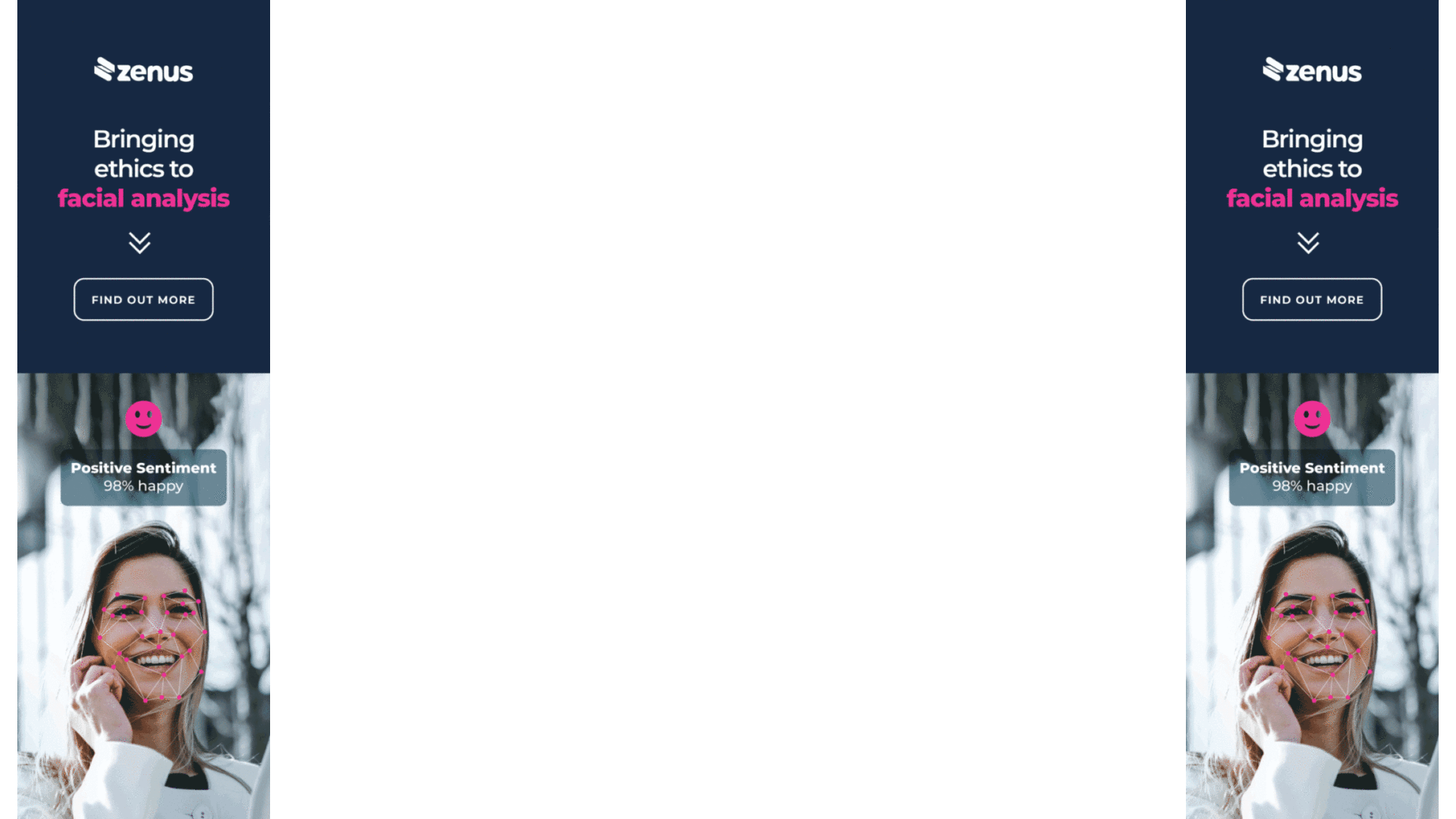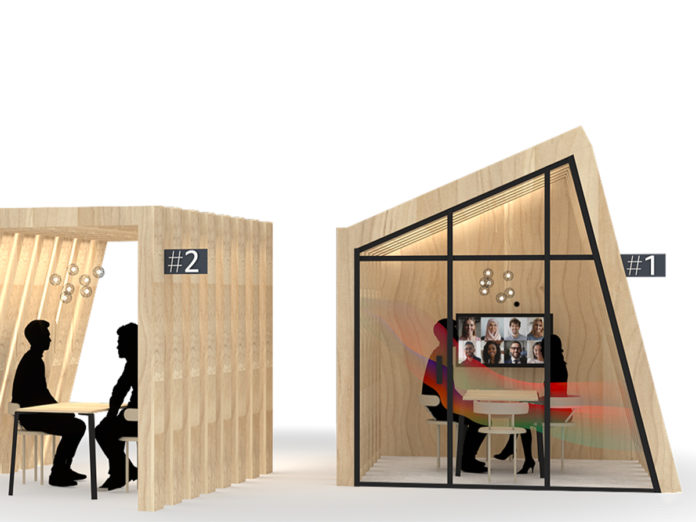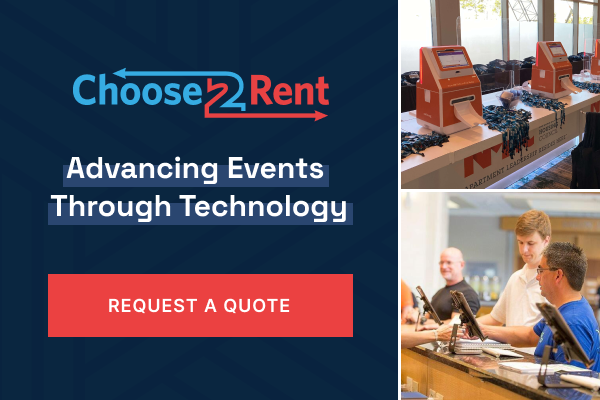With an end to pandemic restrictions in sight, a new dual approach to hosting events – one that incorporates both physical and virtual participation – is needed to deliver amazing experiences for all audiences.
Life used to be simple – events were live, physical things. Then along came Covid-19 and virtual events (which were already growing in popularity) became the only way to deliver such experiences. Now, with pent-up demand for live events bubbling over and the experiences industry preparing for a lifting of restrictions, how will events look in the future – physical or virtual?
“The coming return of live events in 2021 is exciting, but the energy and enthusiasm around digital experiences won’t be forgotten,” believes Dax Callner, Strategy Director at leading UK events agency Smyle. “We believe the future of events is hybrid – an intermingling of digital and physical experiences.”
The challenge of hybrid live events is how to ensure that both online and physical audiences have an equally great time – whether that be a concert, festival, corporate, charity or community event. “It’s a great opportunity, if done right,” says Callner. “Hybrid offers the prospect of reaching large audiences using digital, while at the same time reducing the carbon footprint of a physical event, as a smaller proportion of attendees will travel and join in person. It can interweave lots of different audience needs and preferences, creating innovative experiences for both online and in-person attendees.”
Having a hybrid approach will also allow for events to switch at short notice to being100% virtual, if new health security issues/travel restrictions are imposed. “As we know too well, guidance can change quickly – so we need to be able to pivot to digital-only at a moment’s notice,” says Callner.
Hybrid comes at a cost
For hybrid events to deliver high impact experiences to both physical and digital audiences, they need to be planned and created as two distinct occasions – but with some overlap under a single event banner. This creates challenges when it comes to planning and budgets. Creating unique physical and digital experiences come with additional costs and complexity, not to mention needing a host of new skills for live event planners. Biosecurity is also high priority – keeping physical participants safe and ensuring that they feel safe is essential. Live events may be broken into clusters, to keep numbers at any one venue small, and they may be more local, using techniques such as drive-ins, pop ups or touring events.
“Innovation in hybrid events is about merging the best of what we know from digital experiences with innovative approaches to physical events,” continues Callner. “By doing this we will connect the physical with the digital in a single event, one that feels live. There might be separate agendas to suit each audience, but there also needs to be shared experiences. One key element of this is the ability for participants to connect and network with one another – whether they join online or physically attend the event. Hybrid experiences must deliver robust opportunities for people to engage in authentic conversations – online, offline and in-between.”
Best of both worlds
Consumers are increasingly integrating physical and digital experiences in their everyday lives – so why not in events? Through the use of custom technology stacks, experience companies such as Smyle are able to bring digital attendees into the live world, giving them the ability to control cameras, machines and experiences – all remotely from their individual locations. Similarly, attendees who participate in person will be given tools to share in digital experiences, through technologies like haptics and mixed reality devices etc. This combination will ensure that all attendees, regardless of how they participate, have incredible experiences.
“Hybrid events of the future need to be entertaining, multi-sensory, individualised and attention-grabbing,” concludes Callner. “Finally, they need to feel live, with real moments that give participants shared experiences and interactions. Good hybrid events will be more challenging and expensive to put on, but our job is to take on the burden of the extra complexity for our clients. What is clear is that live events are not going back to the way they were any time soon. Hybrid is the only viable way forward, and it’s our job as the experiences industry to deliver events that are effective for both physical and virtual audiences.”










